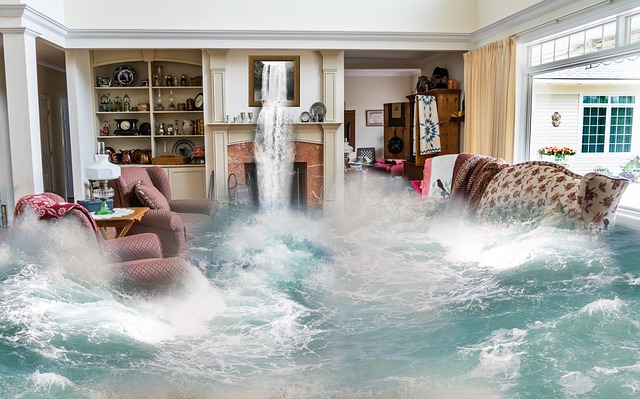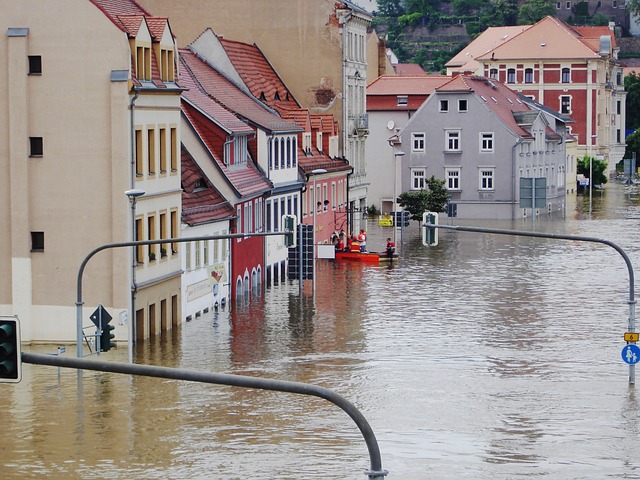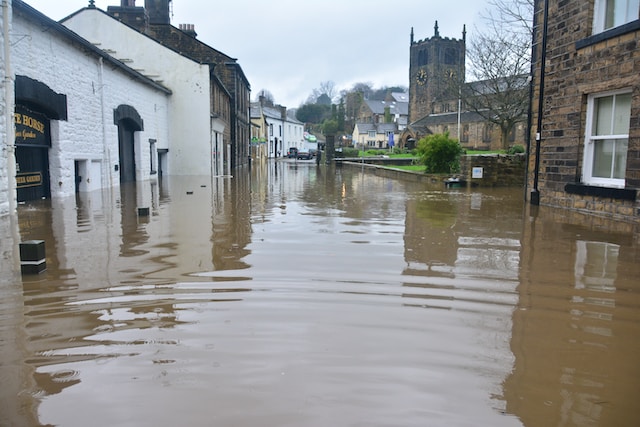Floods can be one of the most devastating natural disasters, leaving homeowners with extensive damage to their properties and belongings.
What’s more:
The flooding restoration and recovery process can be overwhelming, both emotionally and physically.
So, how do you restore flood damage?
The good news is:
With the right approach and support, you can navigate the challenges of rebuilding your life and your home after the flood.
To lend a hand, at Drainage Superstore, we’ve put together a comprehensive guide to help you recover.
Let’s jump right in.
Table of contents:
- Contacting your insurance company
- Repairing and cleaning your home
- Protecting your home from future floods
- Seeking emotional support
- Understanding what to do if your house floods
Contacting your insurance company

One of the first steps in flood recovery is to get in touch with your insurance company. After all, the sooner you report the damage, the faster you can start the claims process.
Be prepared to document the damage with photographs extensively and make a detailed list of affected items. This documentation will be absolutely crucial once you embark on the claims process and will help reduce any delays to the bare minimum.
Don’t be afraid to ask them questions early on, such as:
Are they going to send professionals to take care of the drying and cleaning process, or will you have to make those arrangements yourself?
Are they going to cover all recovery costs? If not, what flood insurance claim can you make?
Depending on the type of cover you have, the answers to these questions can vary a lot.
In any event, the insurance company should send a loss adjuster to your flooded home within a few days. It’s the loss adjuster’s job to assess the extent of the damage, the necessary repairs and the specific amount your policy is going to cover.
But what if you haven’t got insurance?
Contact the National Flood Forum via their website or call them on 01299 403055 for flood help and support.
Repairing and cleaning your home

Do not, under any circumstances, re-enter your home until the authorities have declared it safe to do so.
When you get the green light, prioritise safety. Before you go into your flooded house, make sure you’re wearing personal protective equipment, including gloves, goggles and rubber boots. You’ll also need tools such as buckets, brooms, mops, washing liquid, bleach and a permanent marker.
Once you’re inside, carefully check for gas leaks, electrical hazards and structural damage. Keep in mind that you should only take on this task if know what you’re doing and looking for. Contact your utility suppliers in case of any irregularities. You can also contact your energy supplier for help.
This is important:
While you may be able to smell gas when there’s a leak, a small leak may be harder to detect. Over a few days, an undetected leak may result in carbon monoxide poisoning.
After the preliminary inspections, use a permanent marker to draw a line on the wall showing the water level.
Next:
Take a thorough inventory of the flood damage to your home. Do not move or discard anything at this point. This is when you collect the proof of the full extent of the flood damage that you’re going to forward to your insurance company.
What you do next on your flooding restoration journey will likely vary depending on the extent of the damage and the type of cover you have. Chances are, you’ll either have to hire professionals or try to do the flood damage clean up by yourself.
Let’s take a closer look at each option.

Hiring professionals
If you have buildings insurance, the insurance company will dry, clean and repair your property for you. In effect, this means they’ll bring in their own specialists. In addition, they may be able to arrange temporary accommodation for you and your family for the duration of the flooding restoration.
But if that’s not the case, and you discover that extensive flood damage repairs are necessary, your best course of action would be to call the professionals.
Depending on the extent of the damage, you may need:
- A licensed contractor for structural repairs
- A plumber for any water-related issues
- An electrician to assess and repair electrical damage
- Mould remediation experts if mould is a concern
Always ensure the professionals you hire are well-qualified and experienced in dealing with flooding clean up and related repairs.
Drying and cleaning up yourself
If the situation isn’t too dire, you can proceed to do the flood damage cleaning by yourself.
You’re probably wondering:
How do you get rid of water after a flood?
Here’s the scoop:
Using pumps and wet vacuums, remove standing water quickly to prevent the growth of mould and any additional structural damage.
Then, dry out affected areas thoroughly with the help of dehumidifiers, fans and proper ventilation. It’s also a good idea to keep your central heating system working between 20°C and 22°C to facilitate the process.
Once the floor, walls and other affected surfaces are fully dry, you should clean and sanitise them thoroughly.
To find out more about water damage cleanup and drying, check out our dedicated guide.
Protecting your home from future floods
After the flood, take steps to reduce the risk of future floods, especially if your property is at high risk of flooding.
Here are some suggestions you should consider:
- Installing sump pumps
- Fitting flood doors or door barriers
- Elevating utilities & sockets
- Fitting non-return valves
- Replacing fitted carpets with tiles
- Buying flood insurance if you don’t have it
Lastly, use your flood experience to create a comprehensive emergency plan for your household. This plan should include disaster preparedness, evacuation routes and communication strategies.
Seeking emotional support

Recovering from a flood can be emotionally as well as physically draining. Oftentimes, emotional fatigue tends to kick in after the initial flood damage cleaning is over and done with.
Don’t suffer in silence:
Instead, lean on your support network, whether it’s friends, family or professional counsellors, to help you cope with the emotional challenges. You can also get help from organisations like the Samaritans.
Understanding what to do if your house floods

Let’s face it:
Recovering after a flood as a homeowner is a challenging, uphill journey.
But if you know what to expect and where to get support and professional assistance, you can restore your home and your life.
The thing is:
Prioritise safety, document the damage and collaborate with professionals. Additionally, don’t forget to visit our Flood Hub for more flood-related help and advice.
After the flood and the subsequent flooding restoration, take the opportunity to make your home more resilient to future floods, and don’t hesitate to seek emotional support when needed.
Bottom line:
With determination and patience, you can rebuild stronger.
























